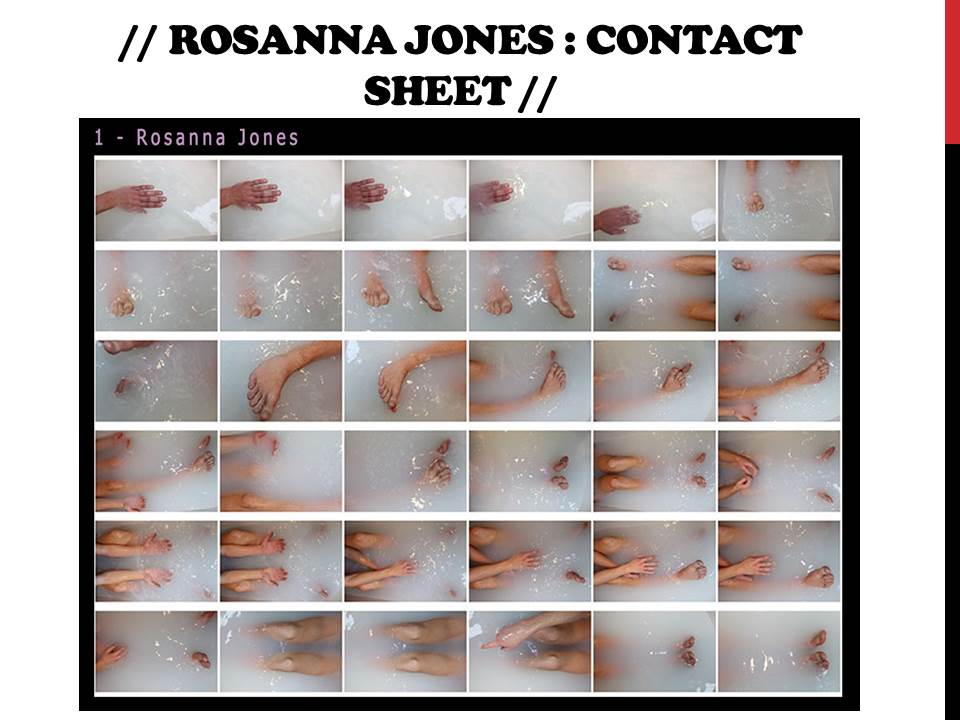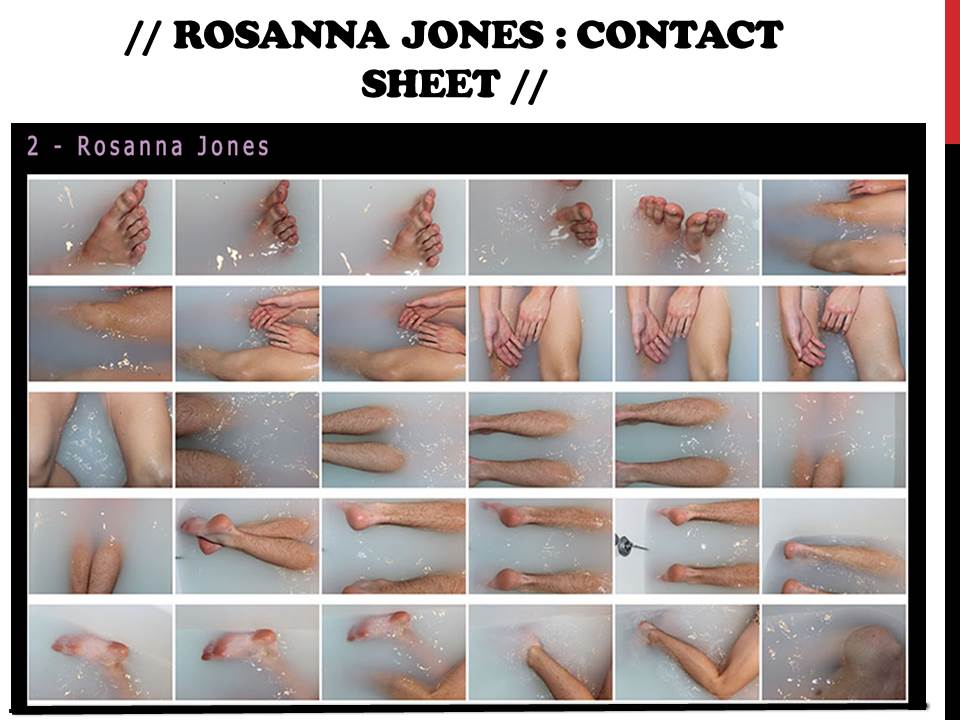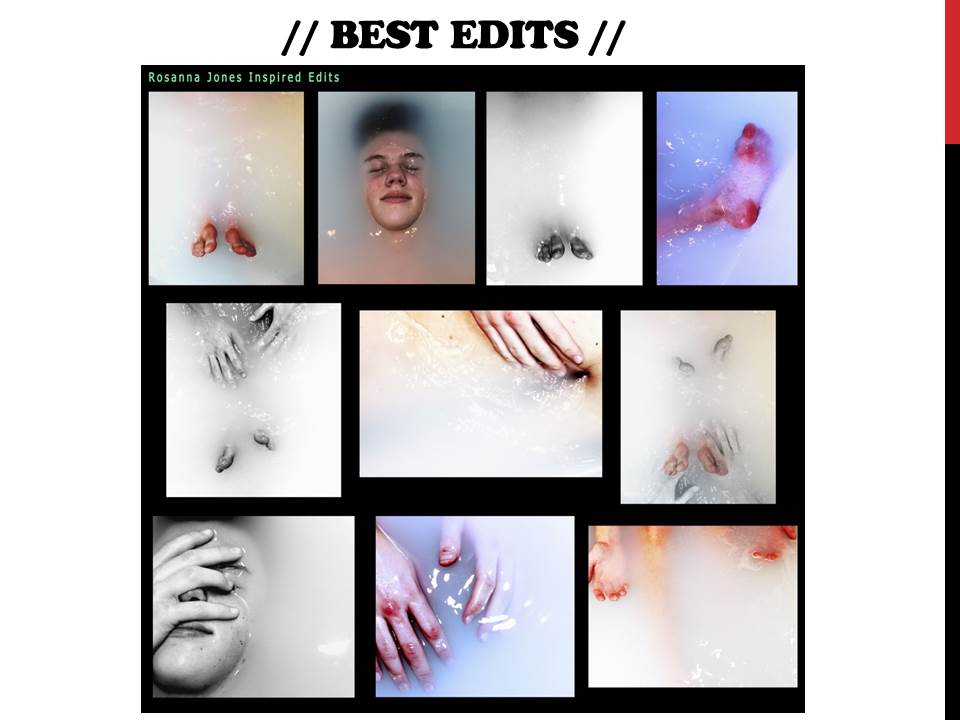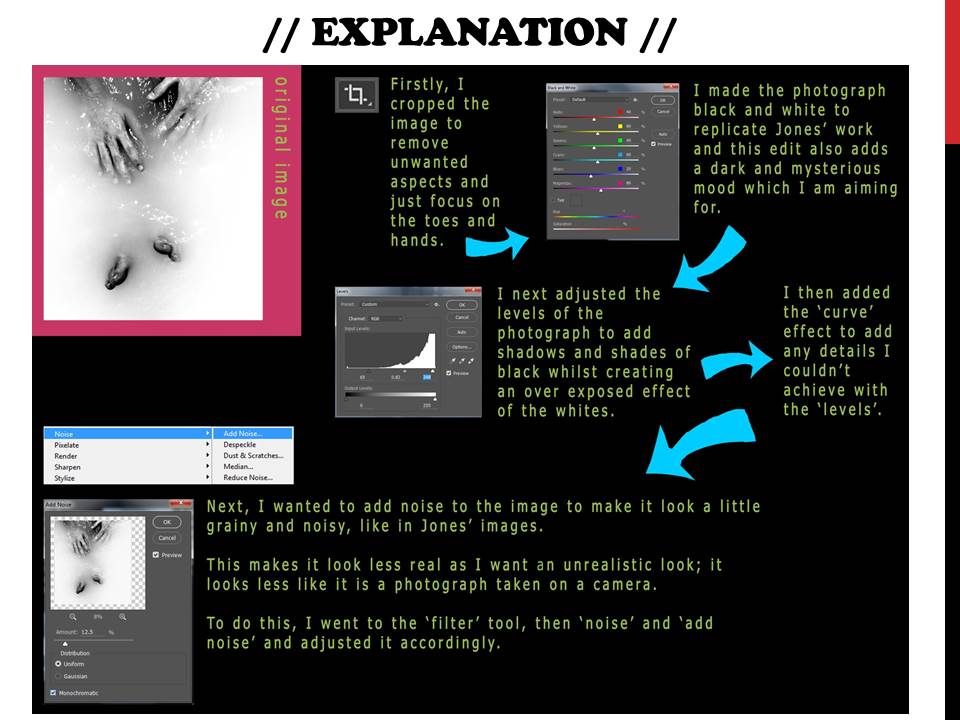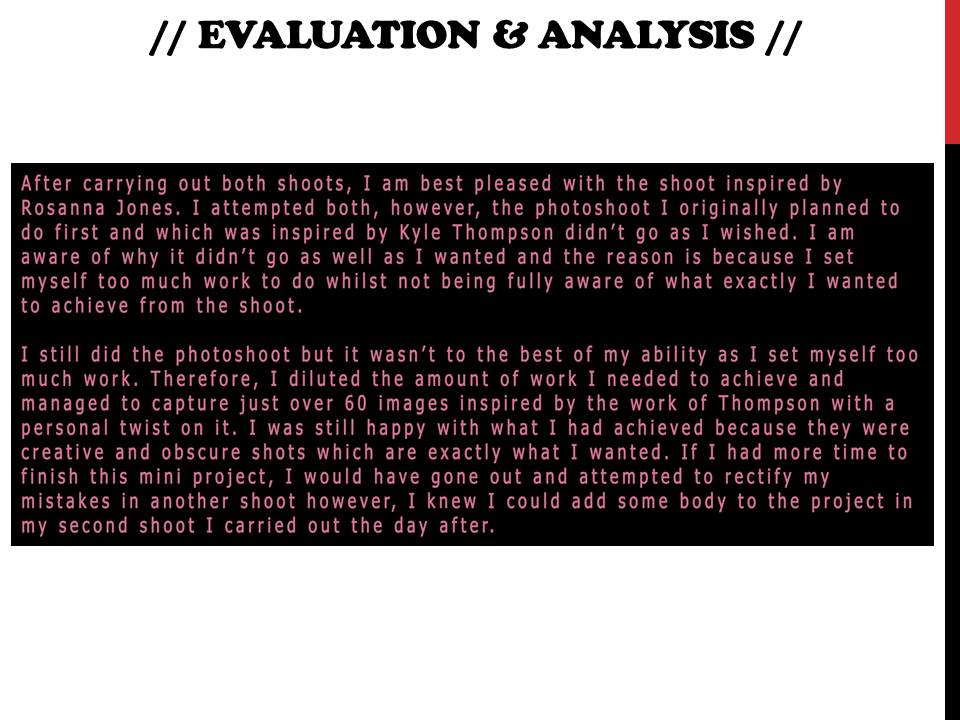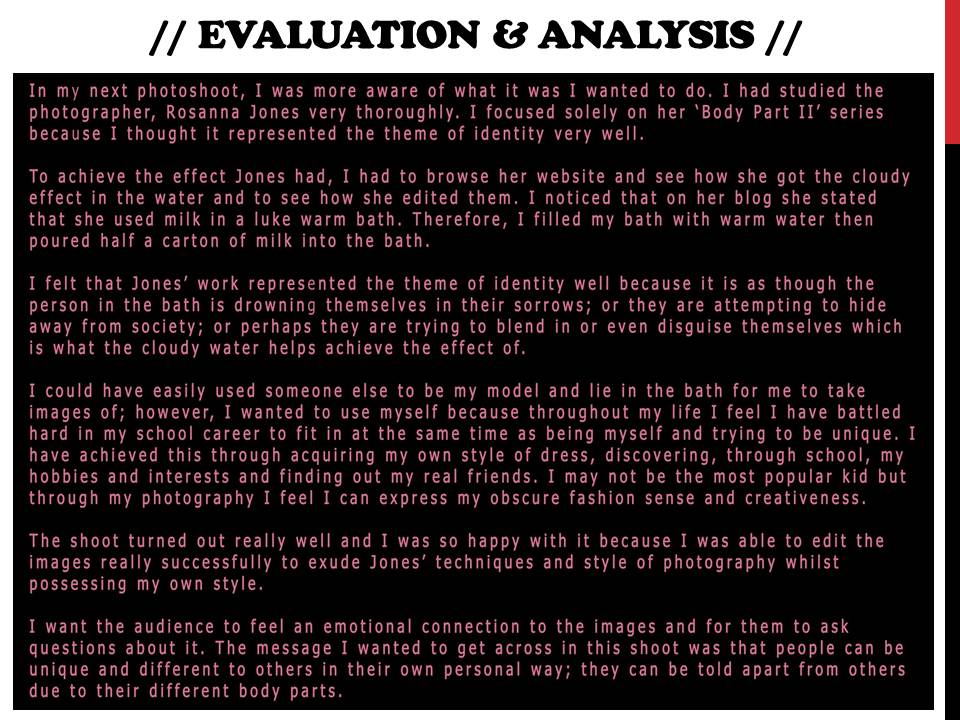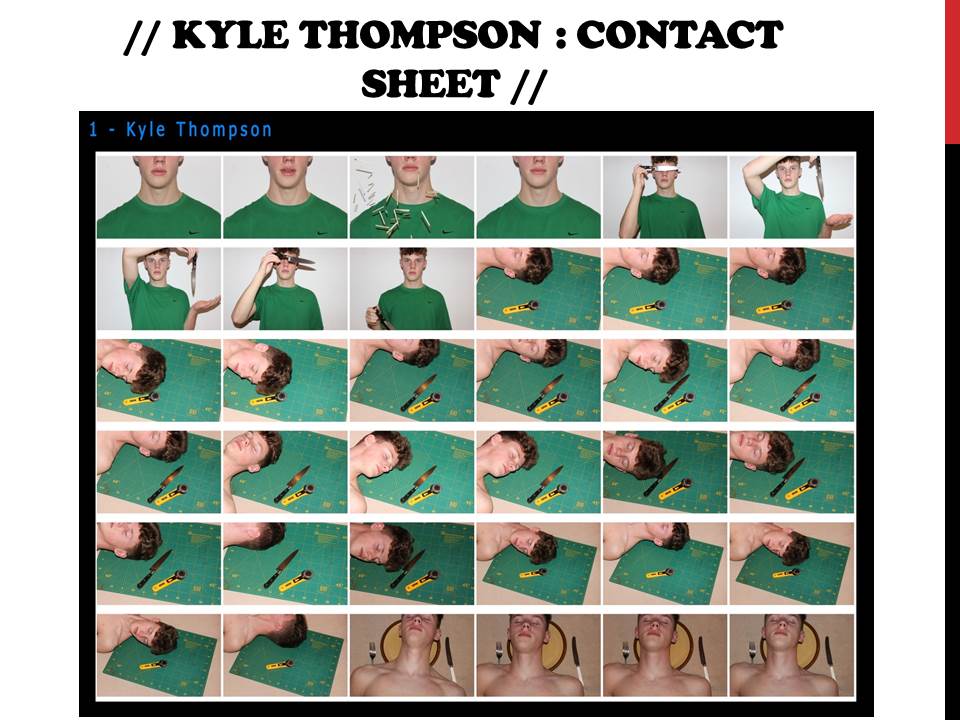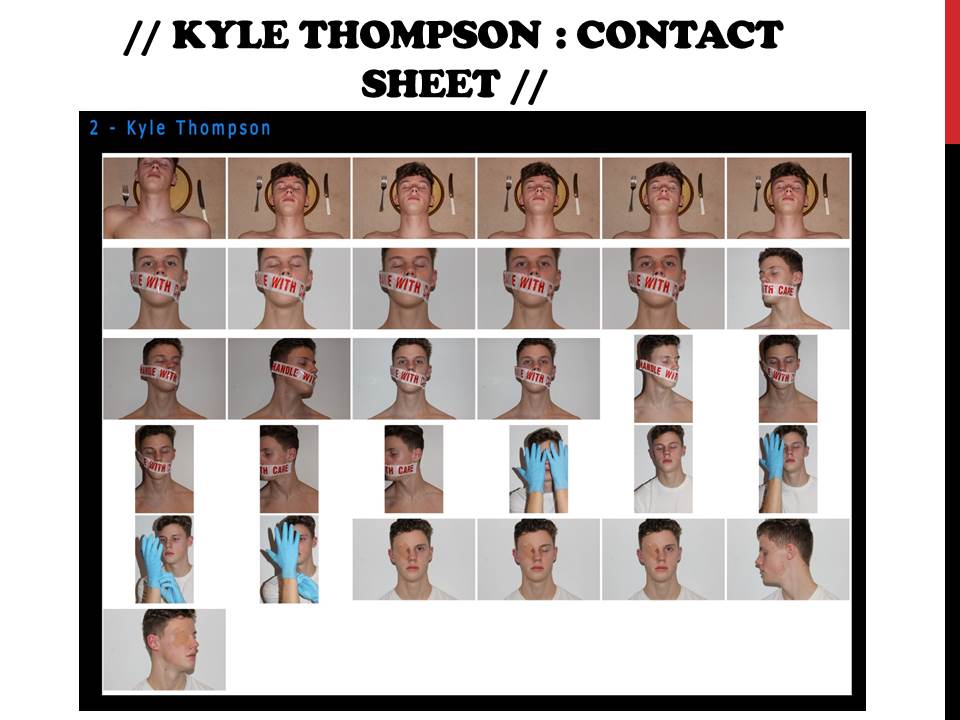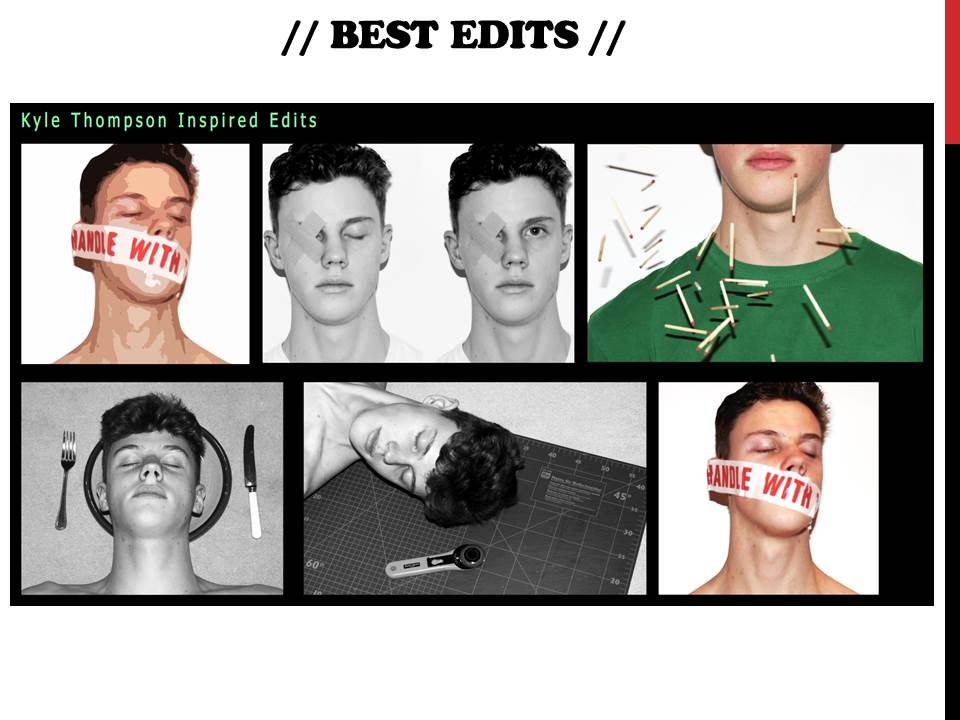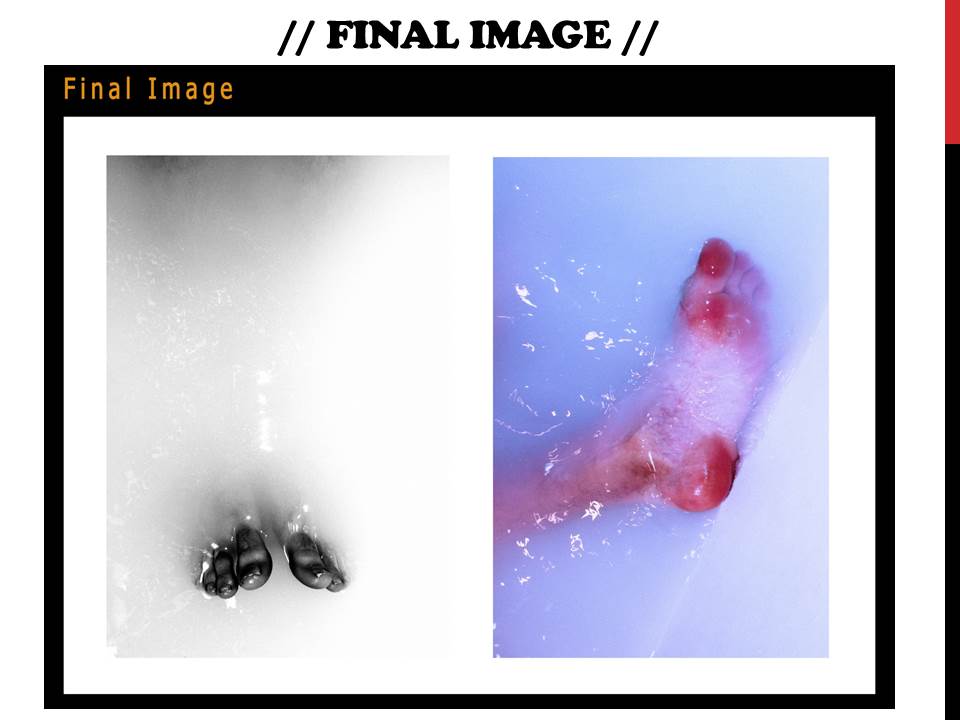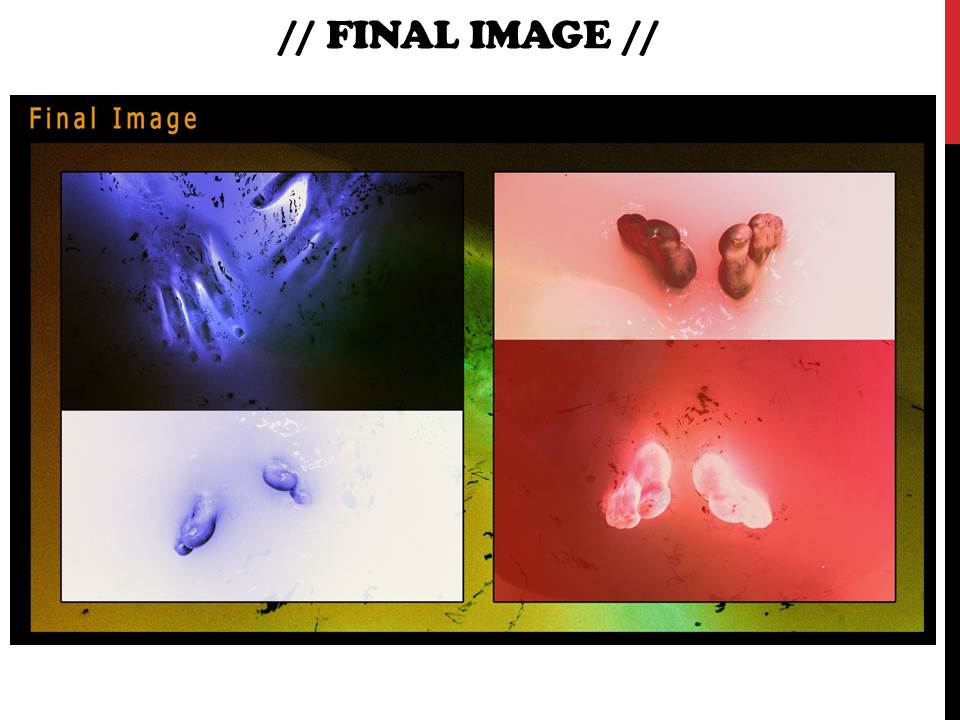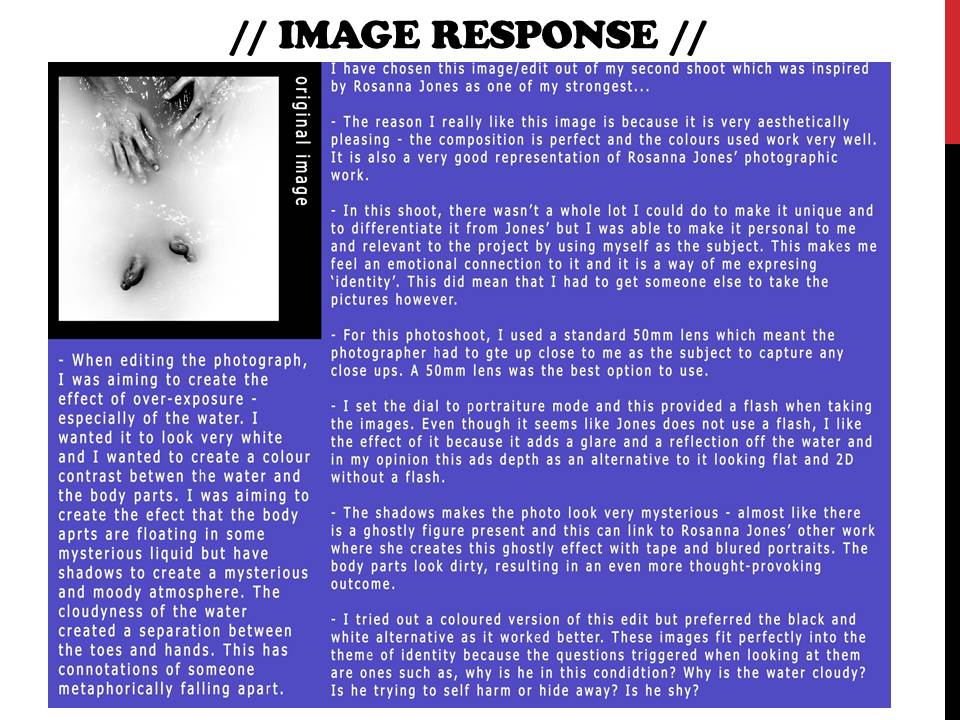// Harve Des Pas //
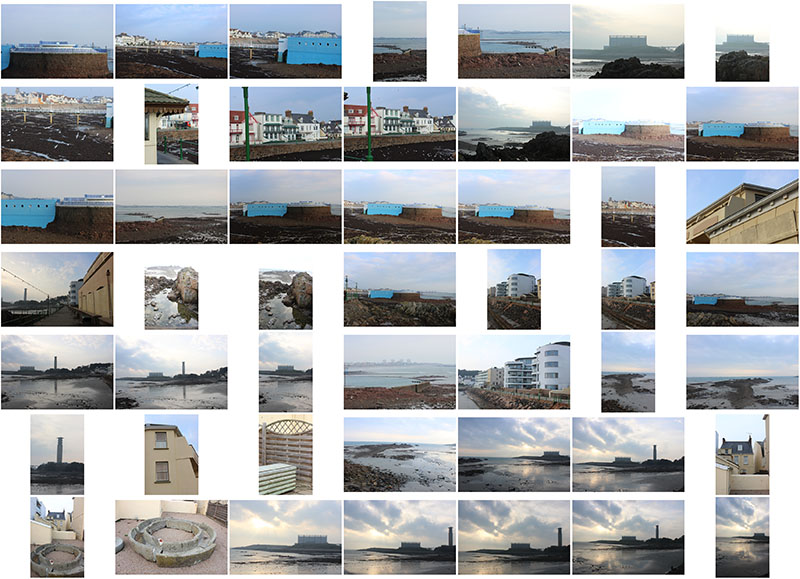
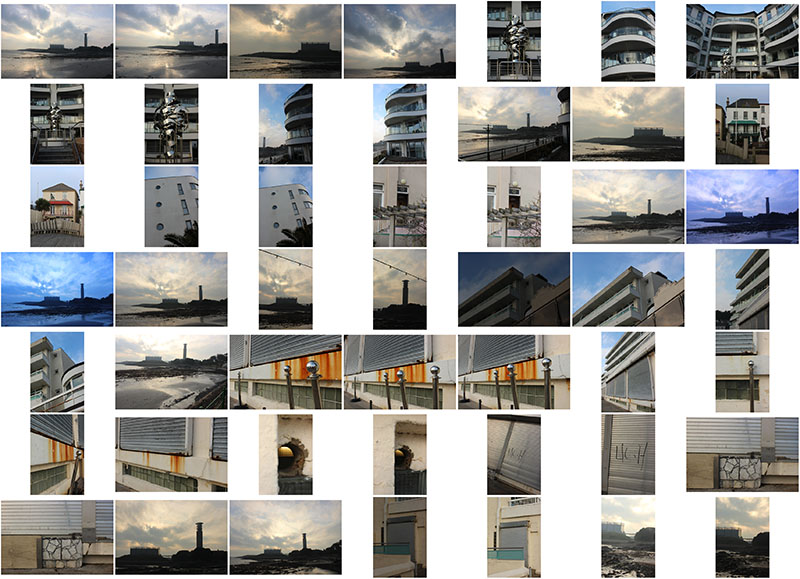
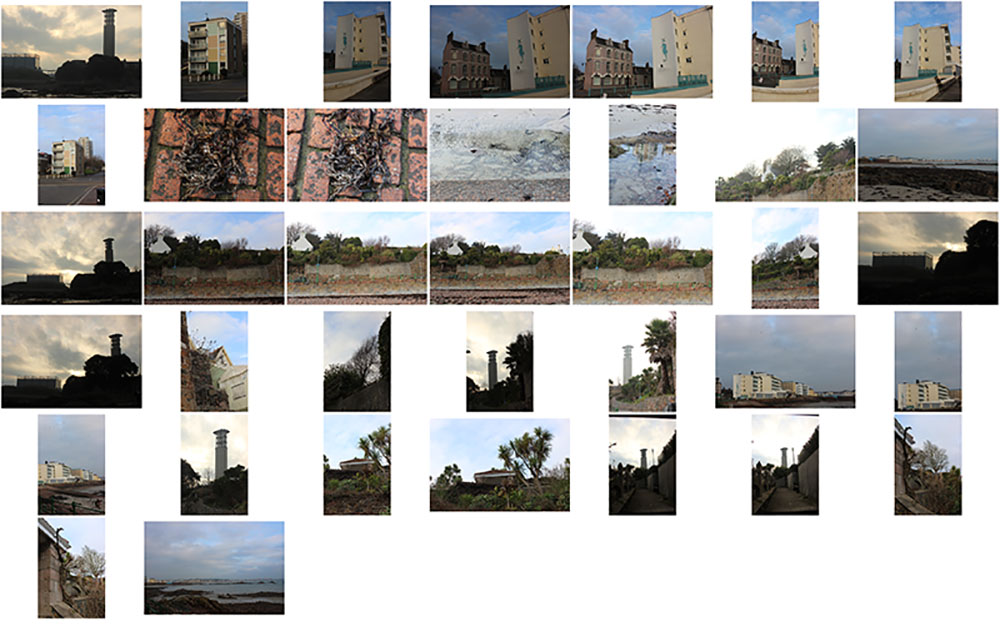
// Industrial //
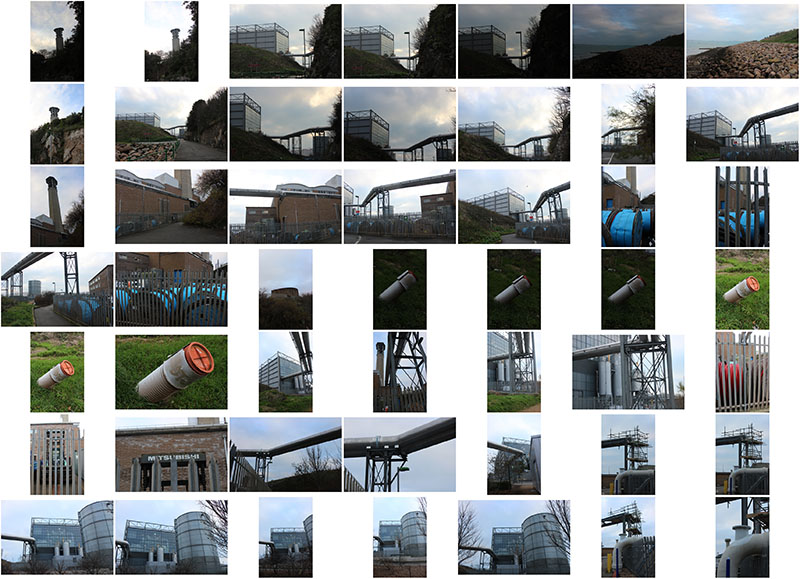
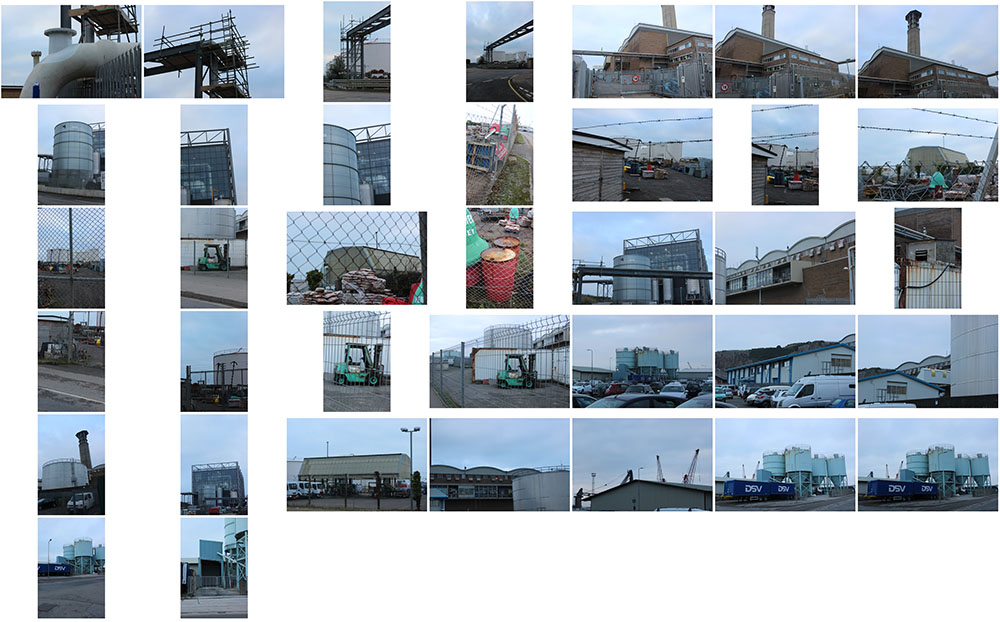
// Harbour //









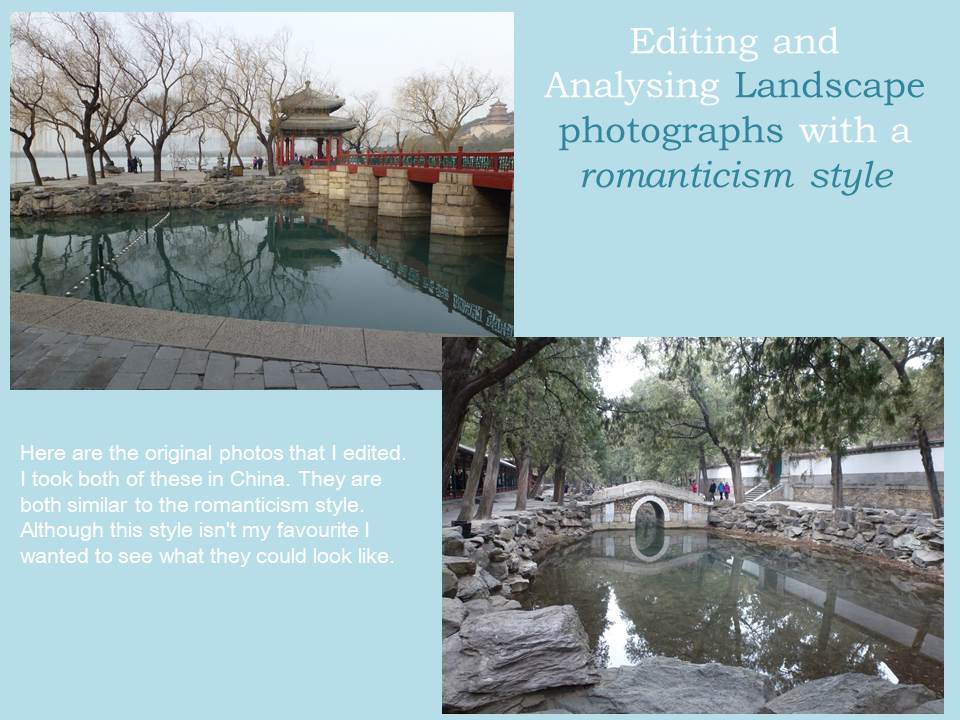

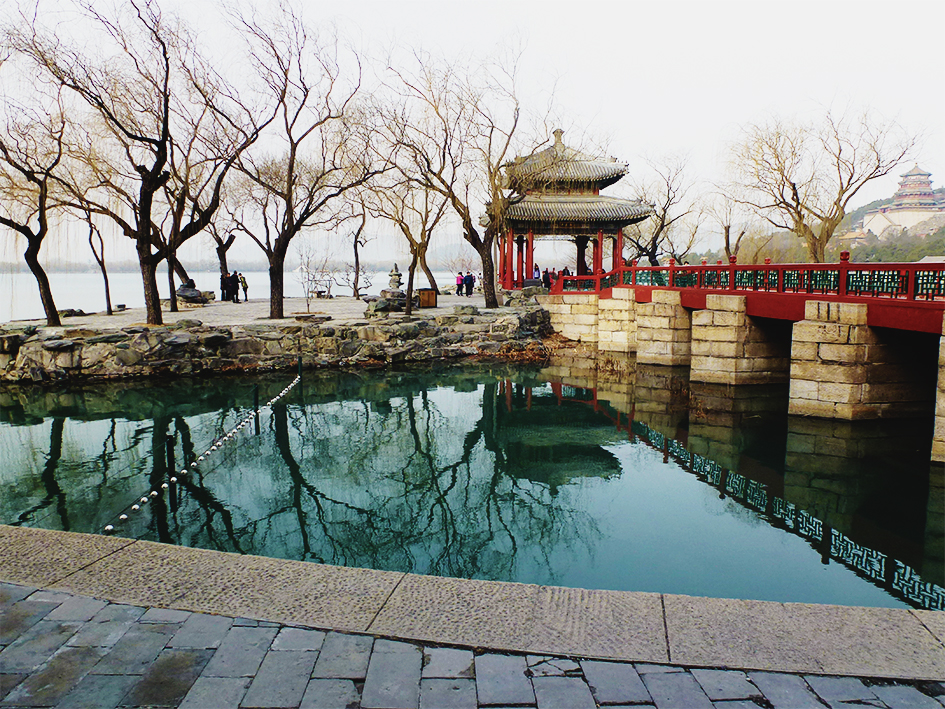


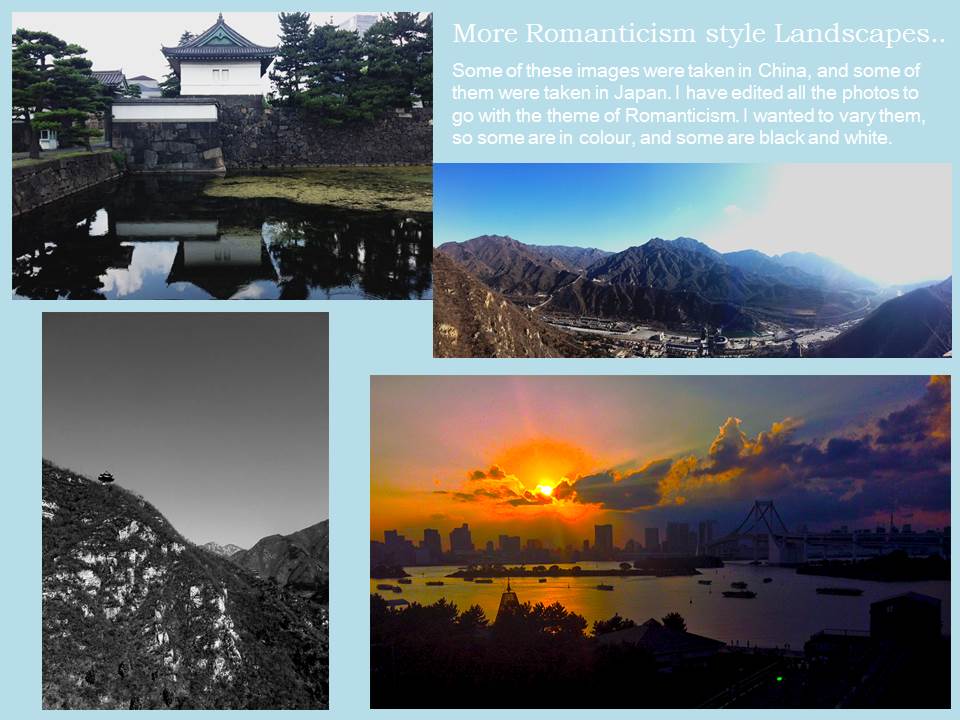
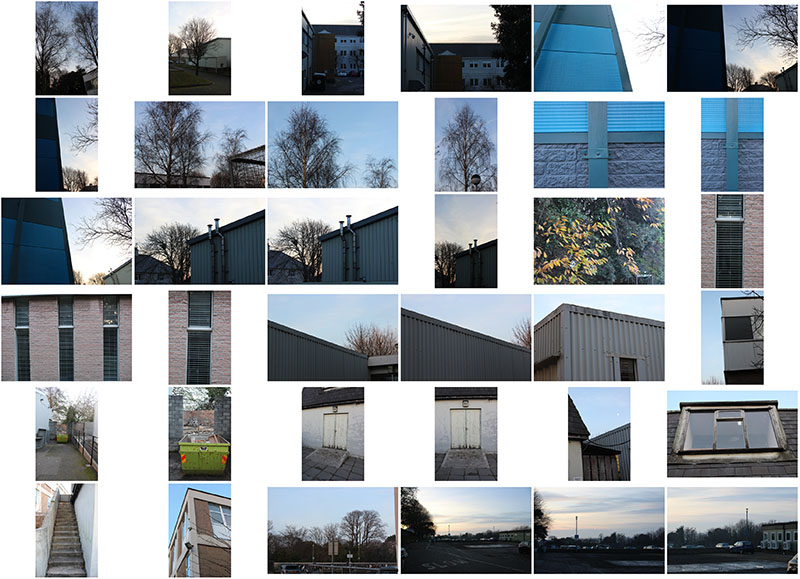 I carried out this photoshoot consisting of just over 30 images; it was inspired by the likes of Kyle Jeffers, Vishal Marapon and kashia_m. They are very abstract photographs that I believe can be put into the category of landscapes, however, in the ‘new topography’ style. I also edited some of the photos I thought turned out best. It is the complete simplicity, the combination of colours and the use of lines that bring each image together as a whole to form a landscape which provoke many thoughts – this is what I wished to achieve.
I carried out this photoshoot consisting of just over 30 images; it was inspired by the likes of Kyle Jeffers, Vishal Marapon and kashia_m. They are very abstract photographs that I believe can be put into the category of landscapes, however, in the ‘new topography’ style. I also edited some of the photos I thought turned out best. It is the complete simplicity, the combination of colours and the use of lines that bring each image together as a whole to form a landscape which provoke many thoughts – this is what I wished to achieve.
After researching about the topic. I realised how attracted I was to it and how much the style appealed to me because I knew it fit my creativity just right. It allowed me to look at everyday landscapes – the things I pass everyday and look at them differently and see the corners of buildings and their lines complementing each other to form a readily perfect composition. The obscurity of the different patterns on the buildings that surround us embraces the theme of ‘new topography’. This theme will be a running recurrence throughout this project to allow each viewer to picture their surroundings in a different way.
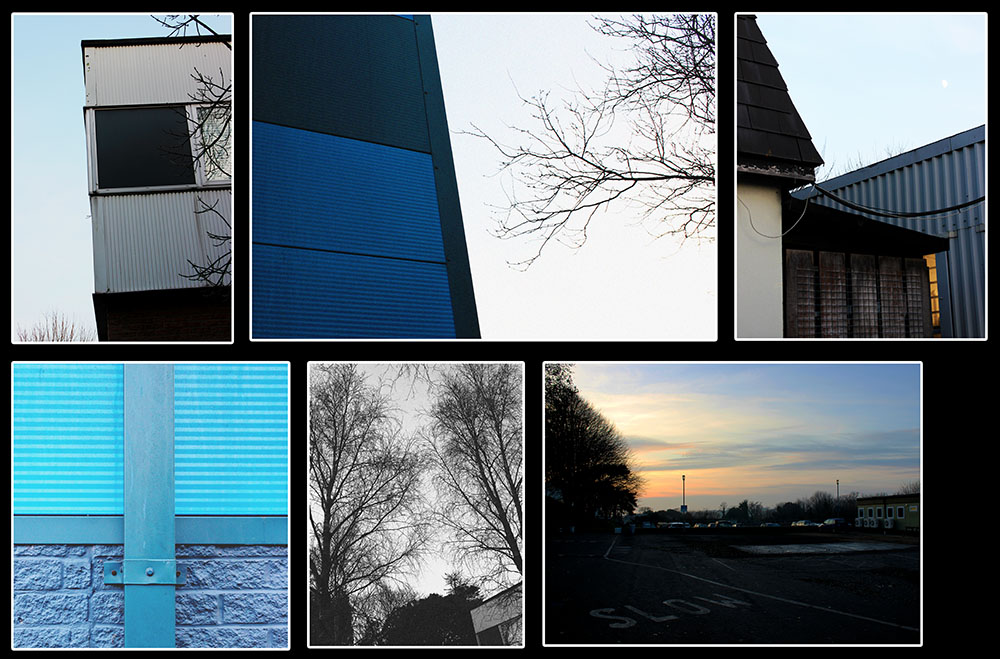
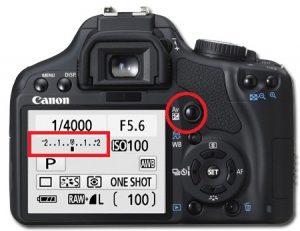
Many digital cameras include an Auto Exposure Bracketing (AEB) option. When AEB is selected, the camera automatically takes three or more shots, each at a different exposure. Auto Exposure Bracketing is very useful for capturing high contrast scenes for HDR like this…
…by taking the same photograph with a range of different exposure settings
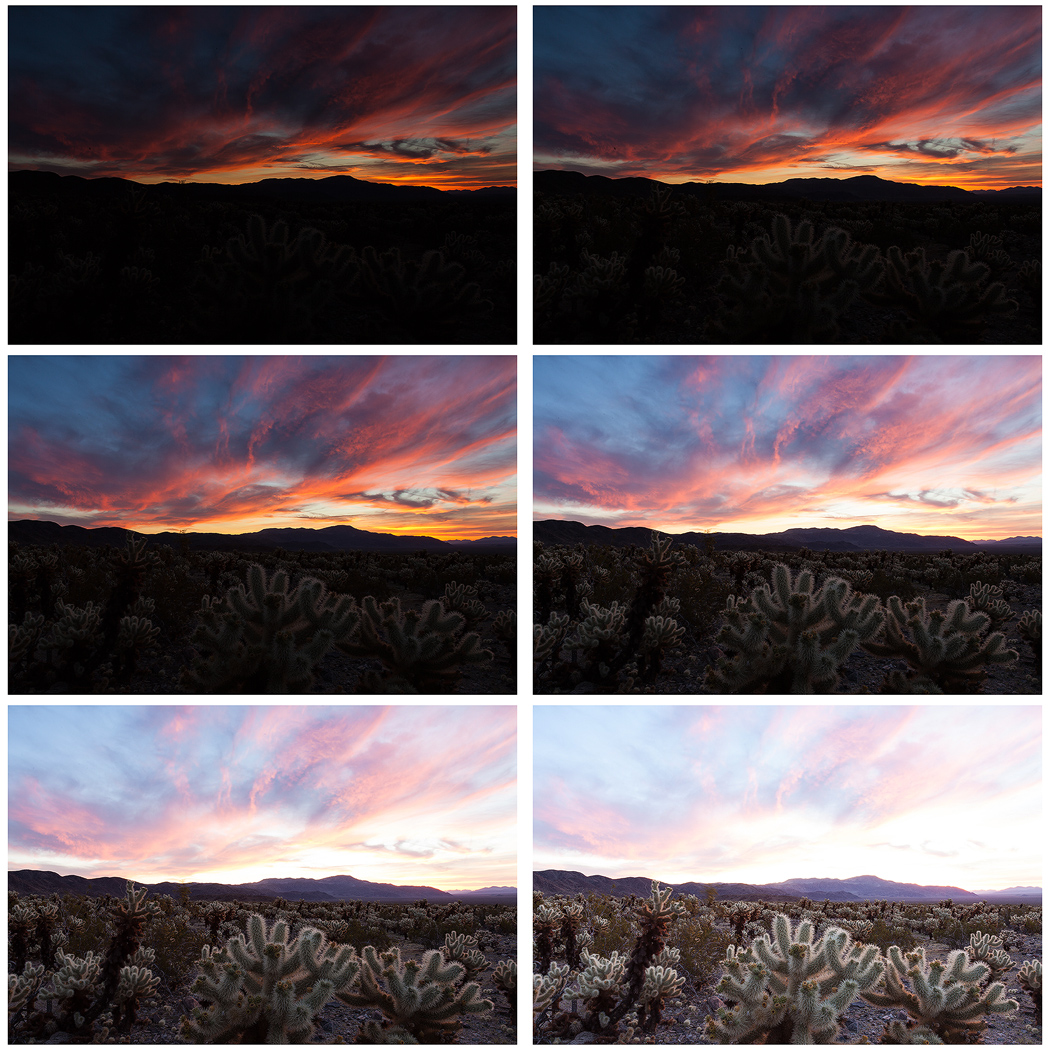
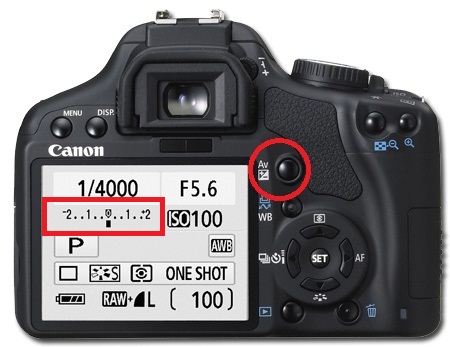

Then you can create your High Dynamic Range images by using this process in Adobe Photoshop…
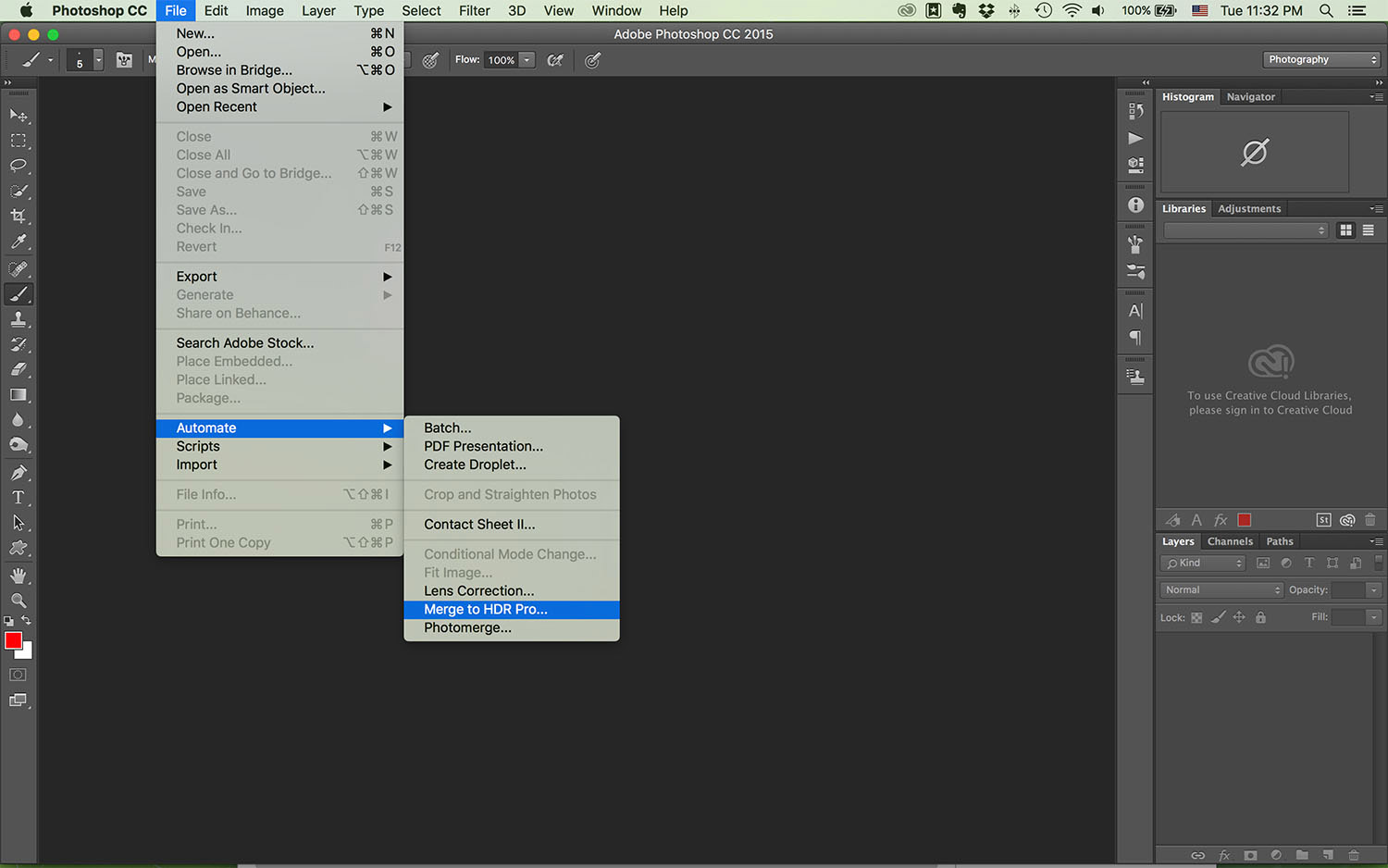
Here is a video that helps explain the process…
https://helpx.adobe.com/photoshop/how-to/photoshop-merge-to-hdr.html

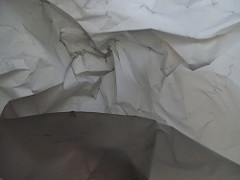
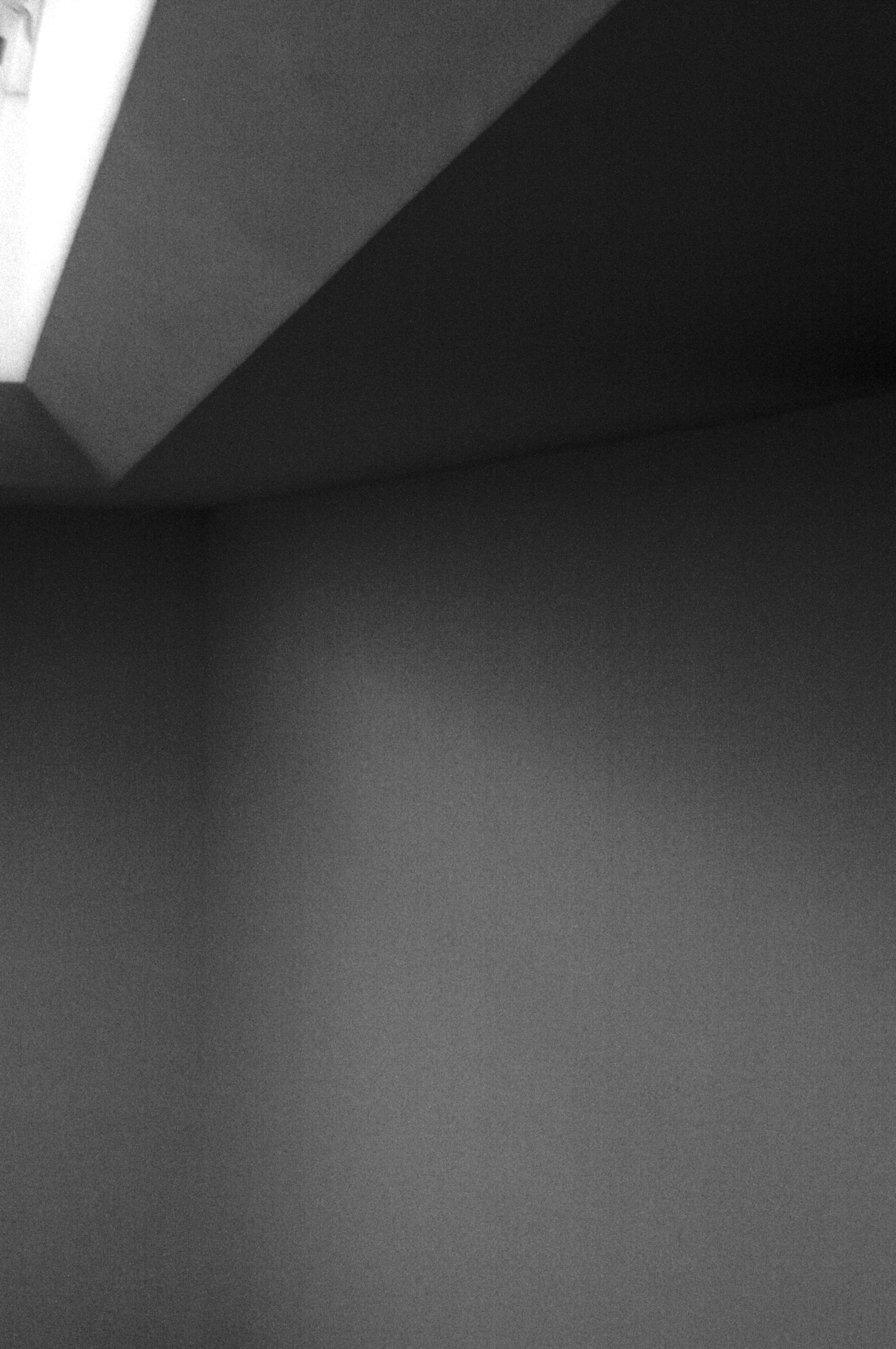
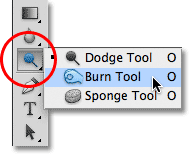
Burn = darken (check your exposure % and size of brush!)
Dodge = Lighten (check your exposure % and size of brush!)
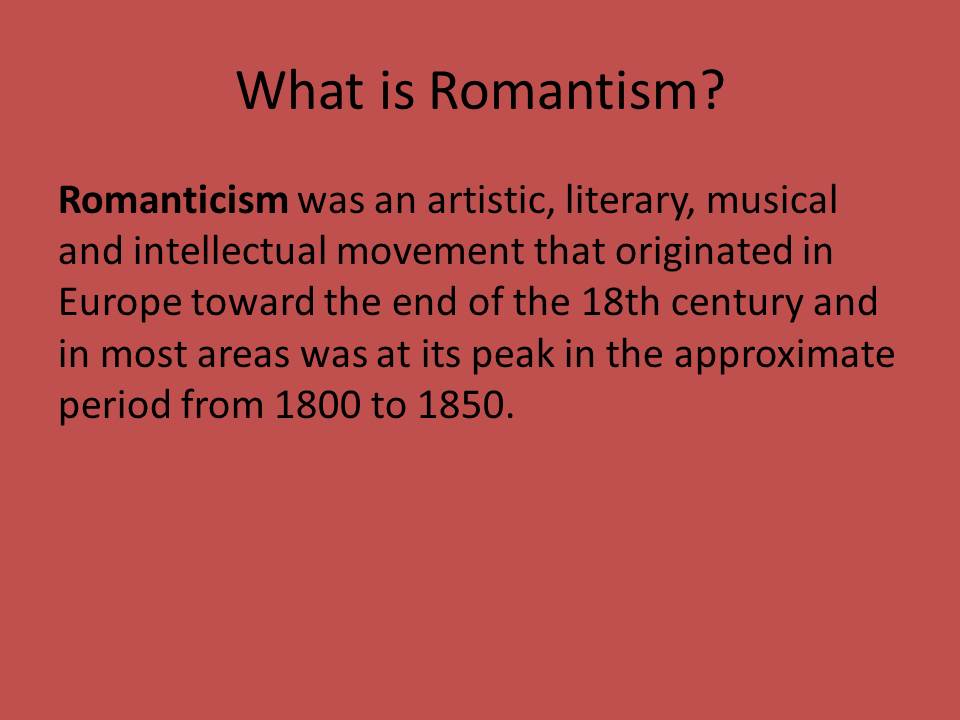

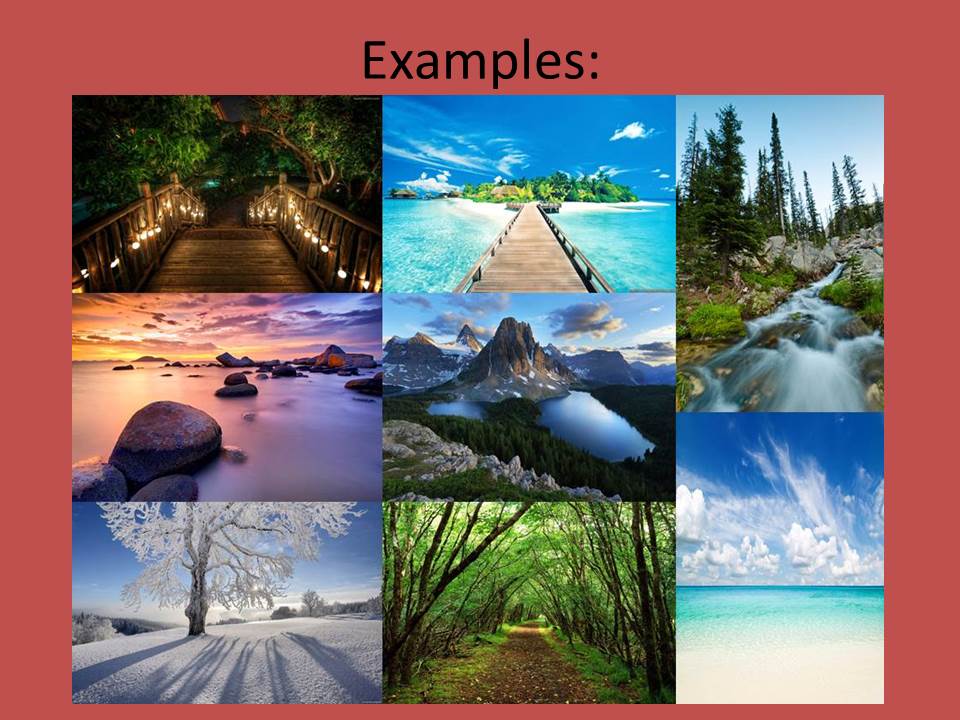
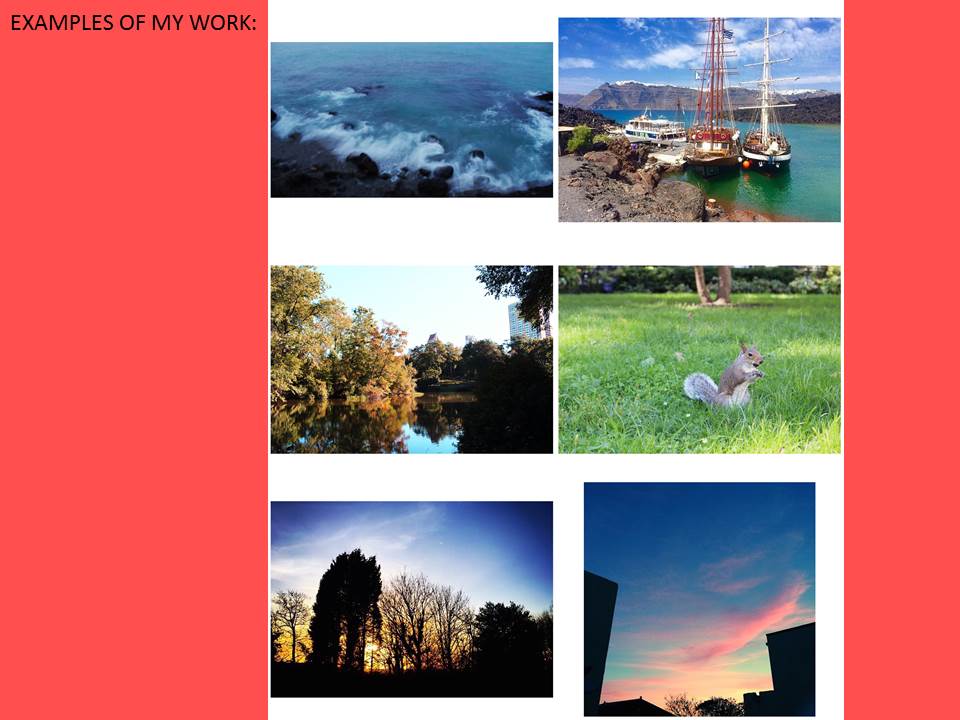
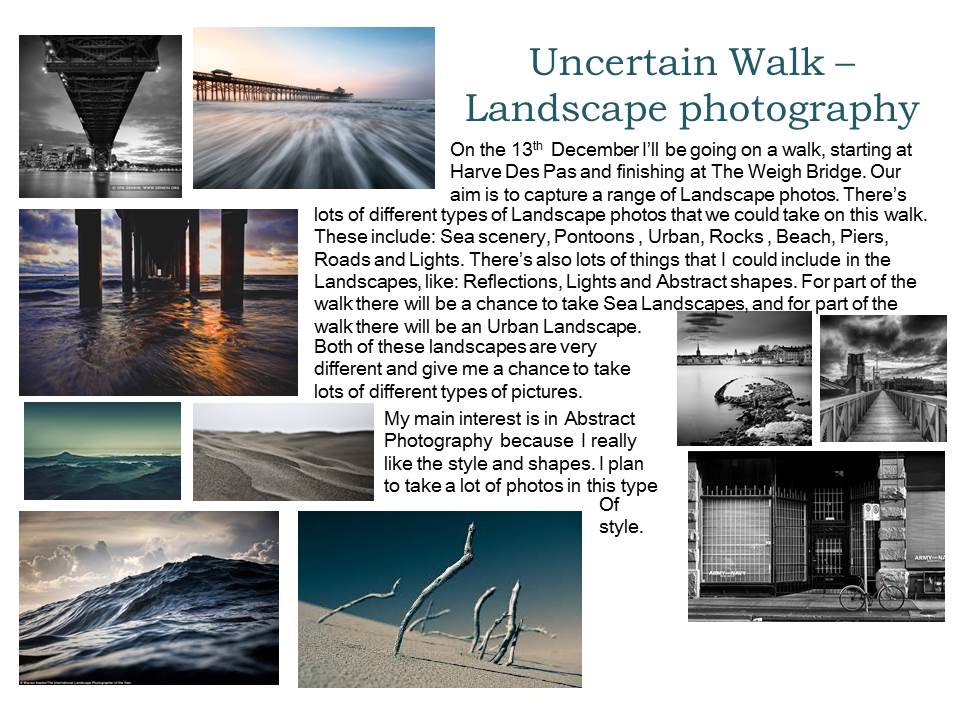
Here are all the photos that I took during the uncertain walk. All of them are put into different categories, each with a separate theme. The themes are URBAN, INDUSTRIAL, ABSTRACT and SEA. I’ve also chosen a few of the best images from each section and edited them in different styles.
– URBAN-

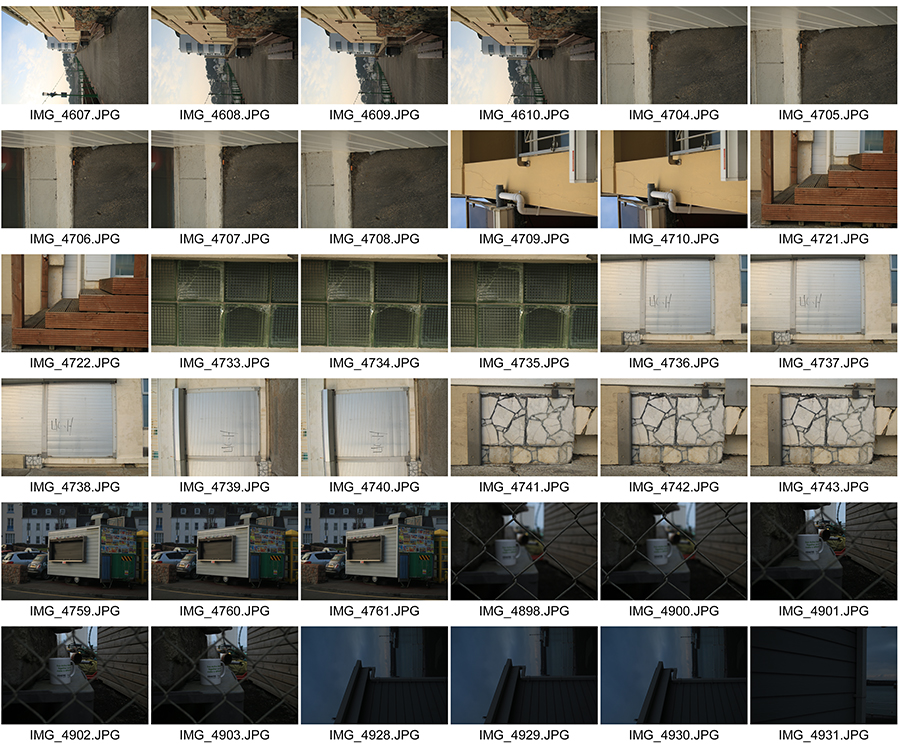
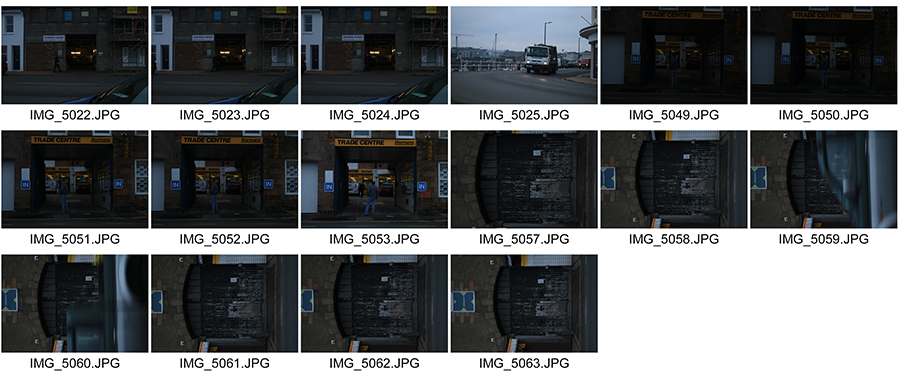
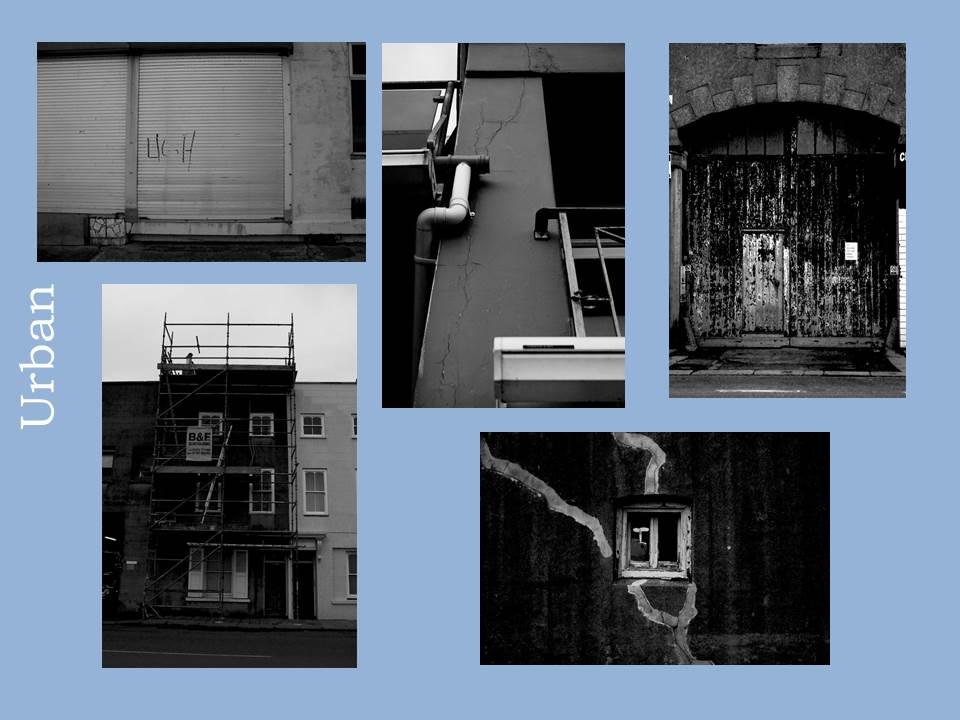
-INDUSTRIAL-
-ABSTRACT-
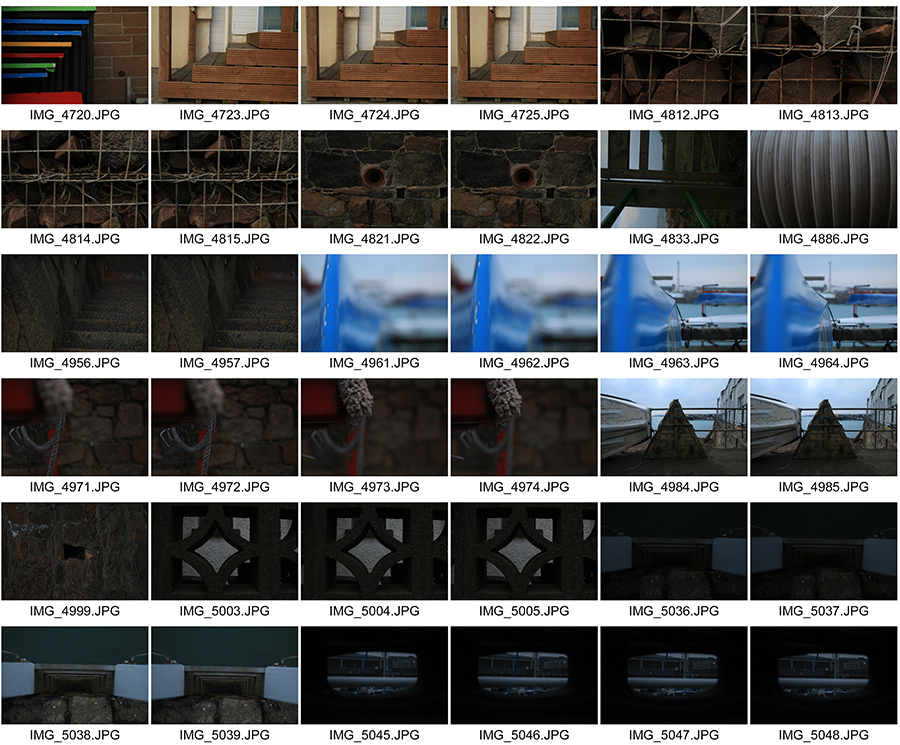
-SEA-


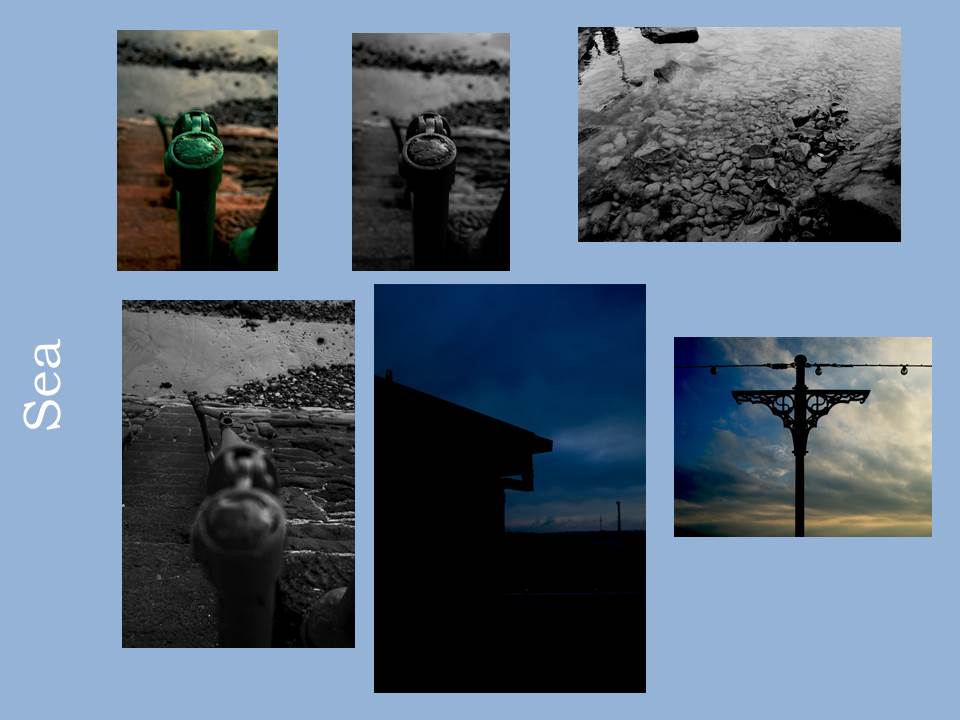

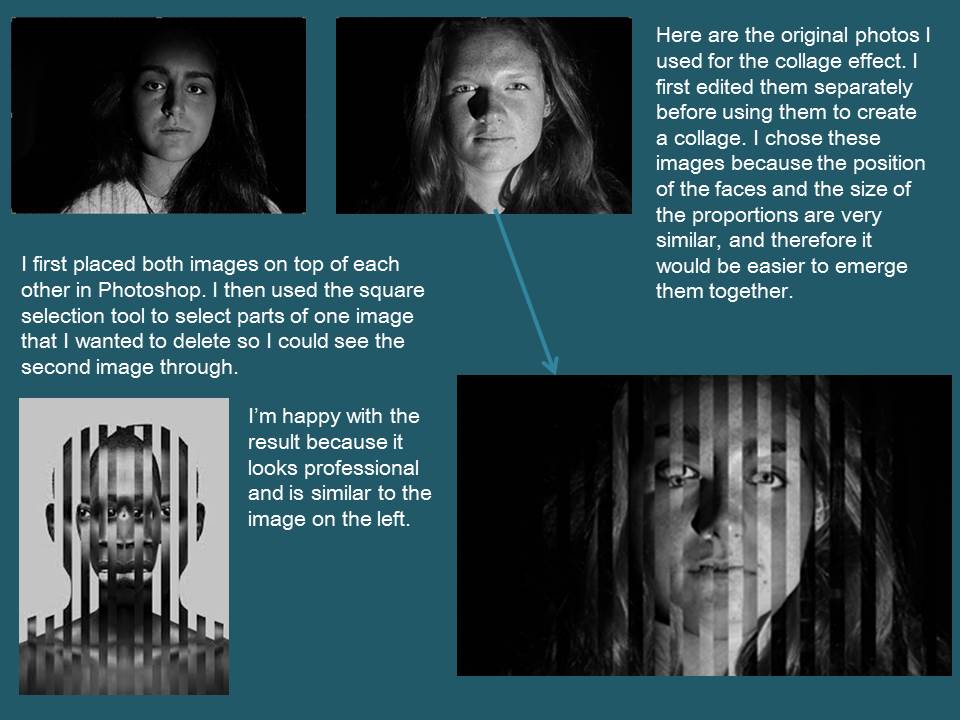
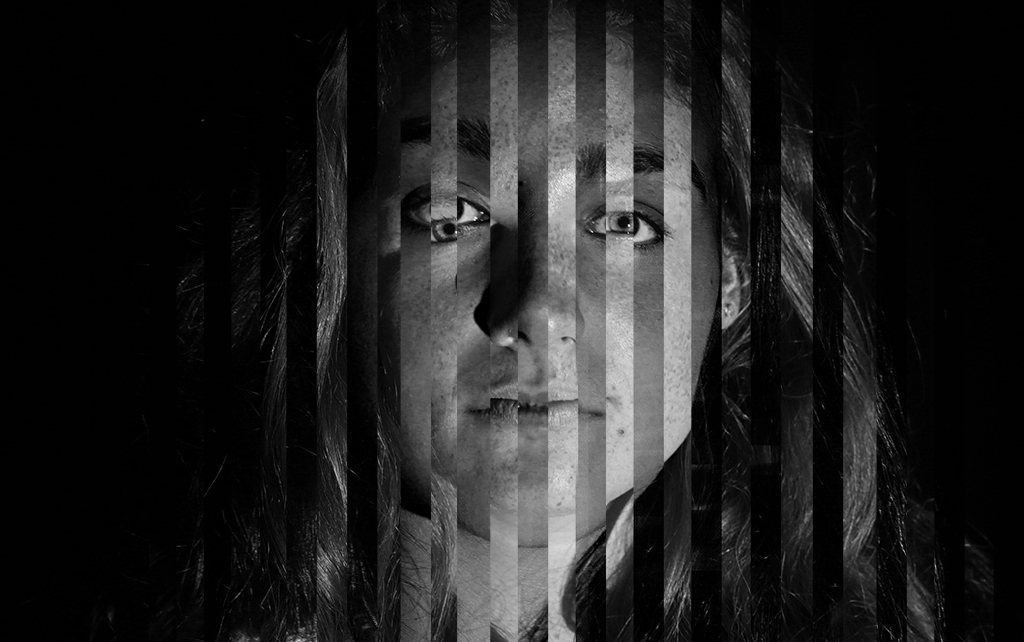

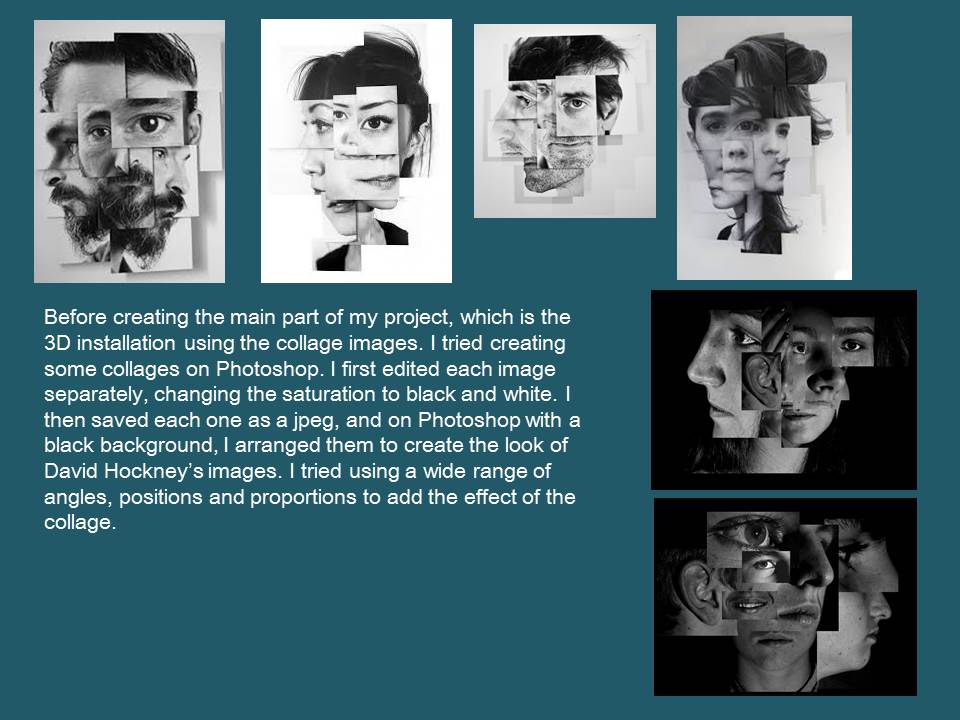
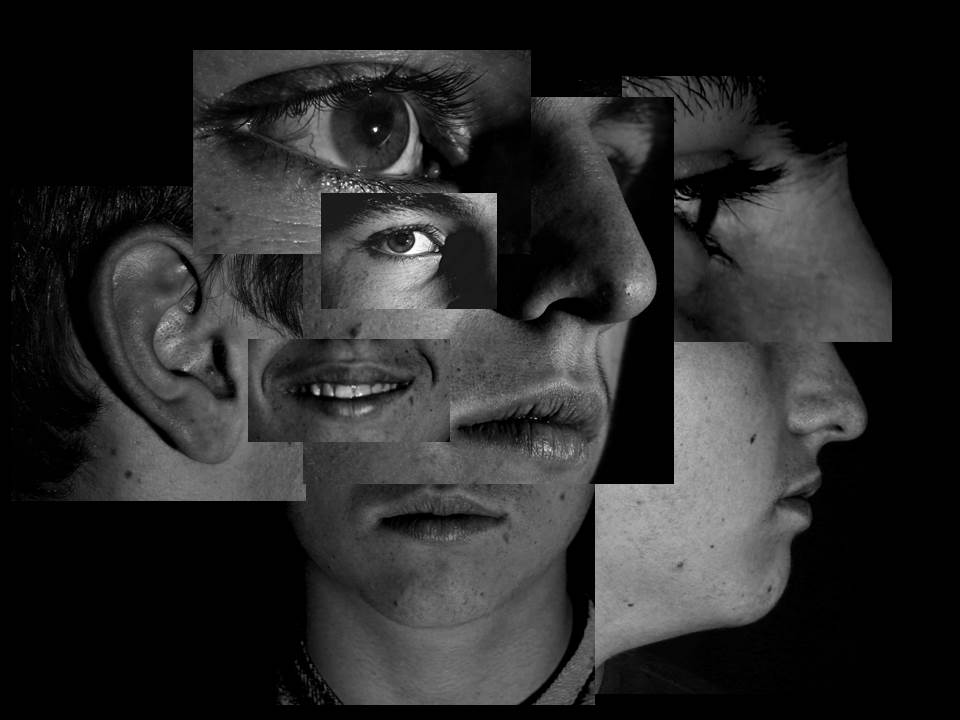


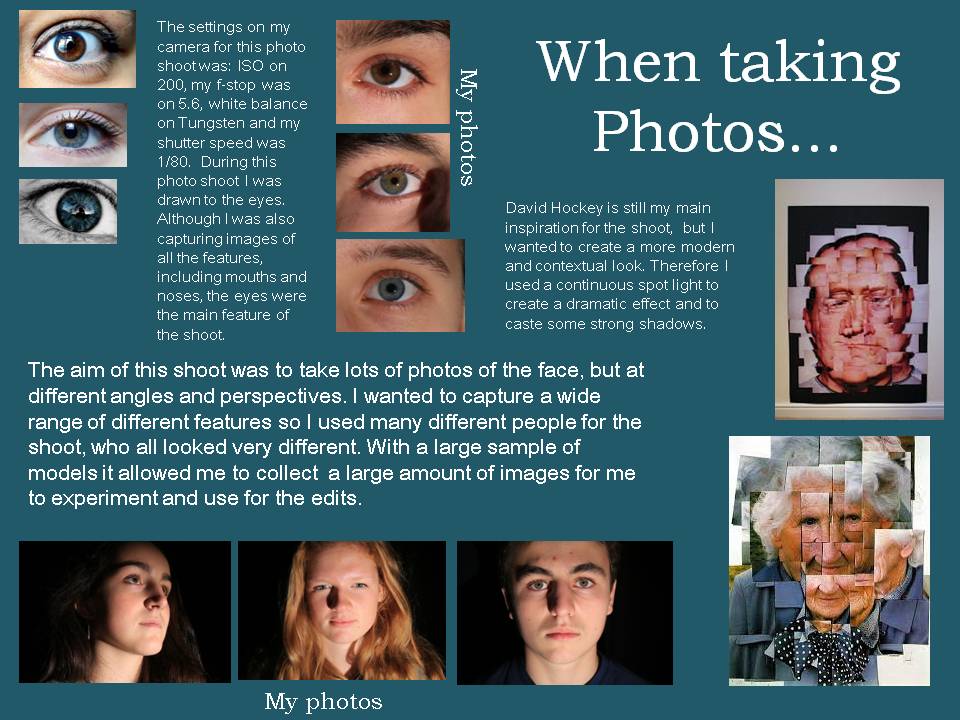
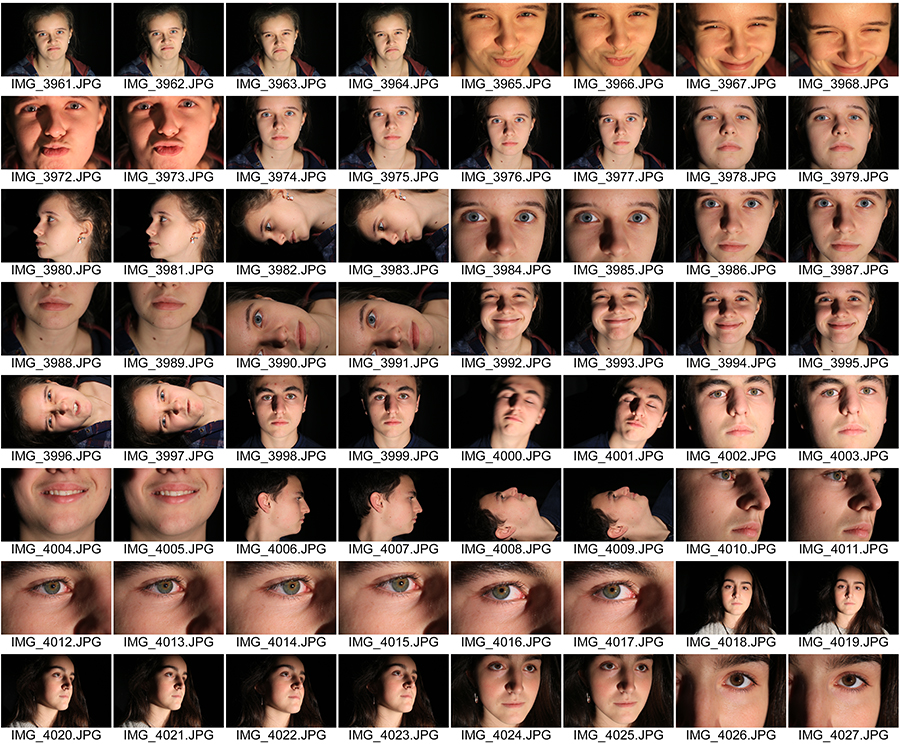
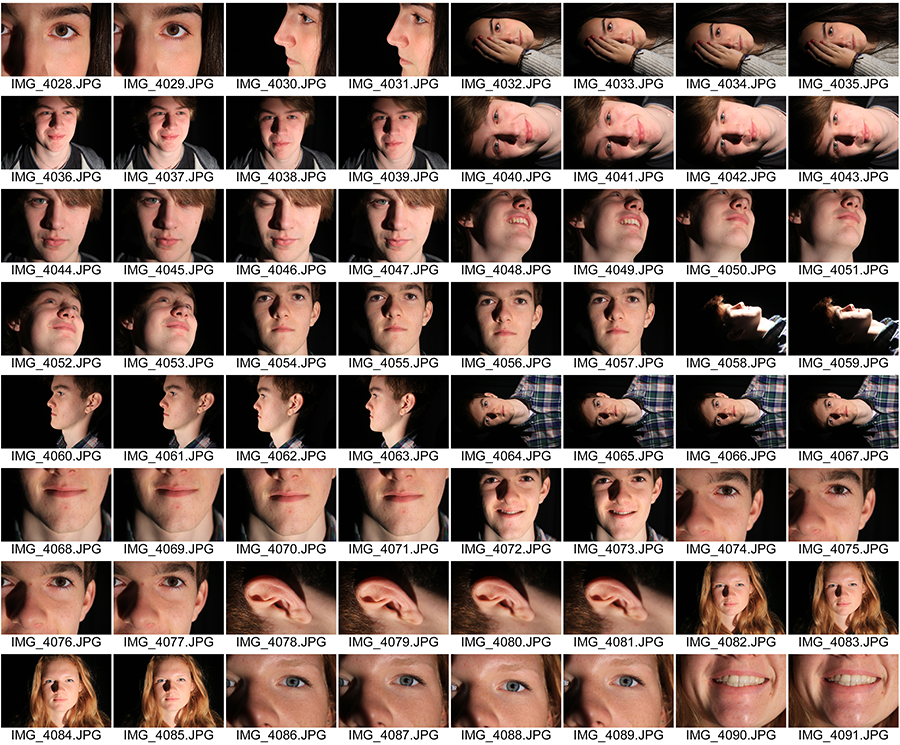

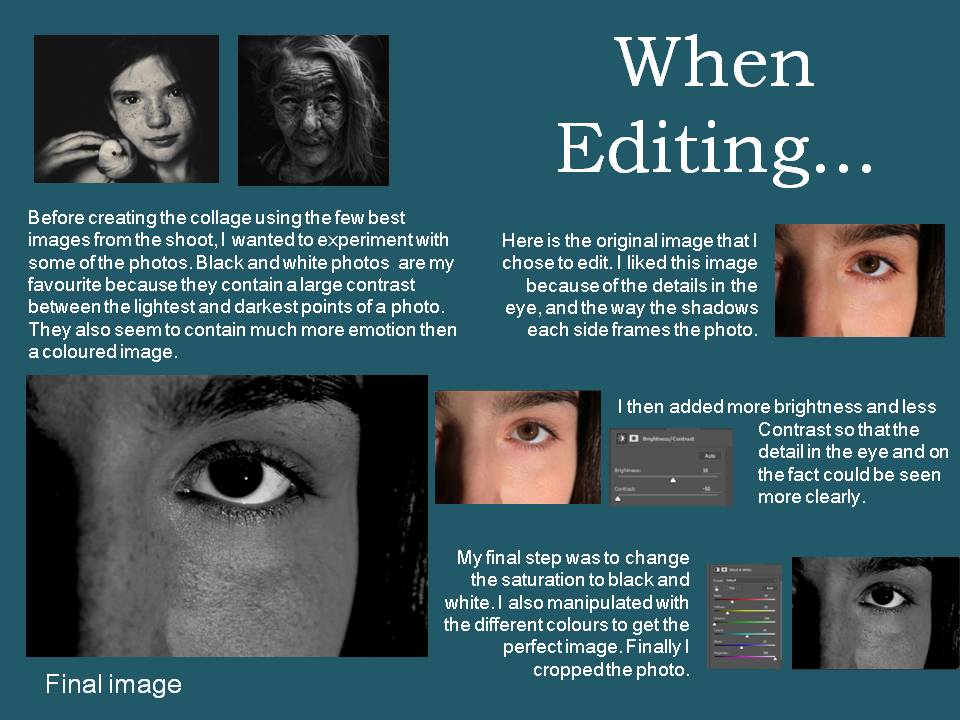
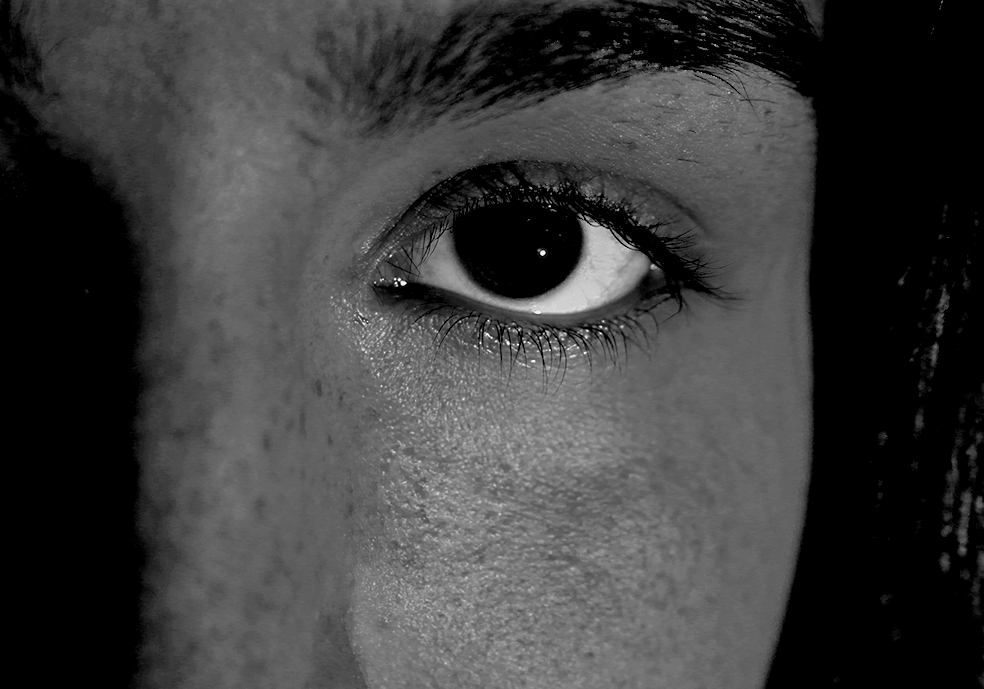

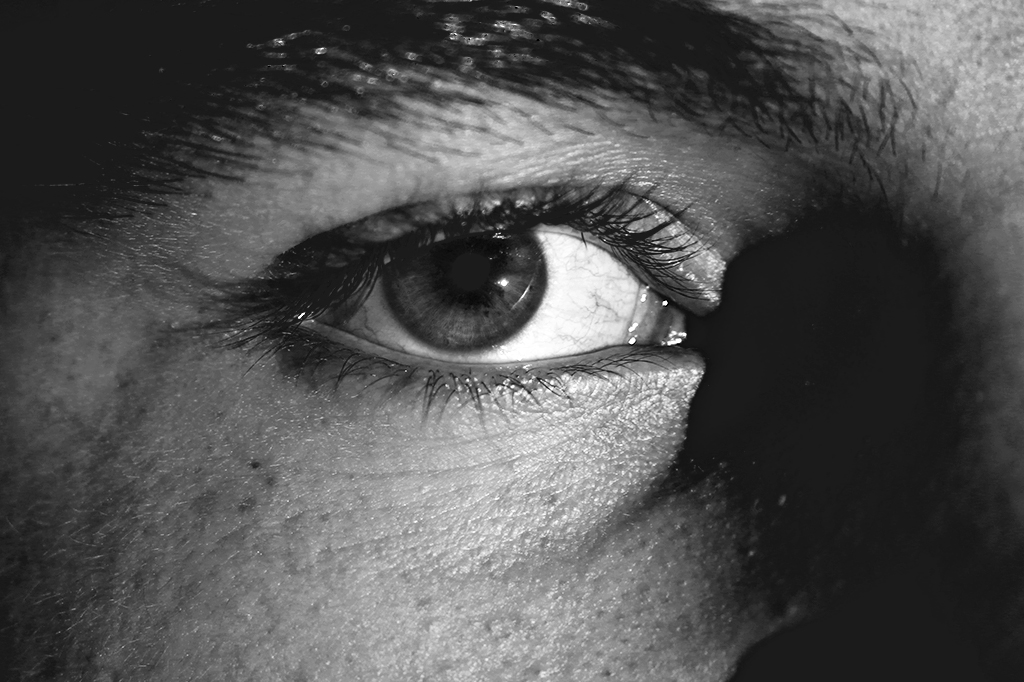
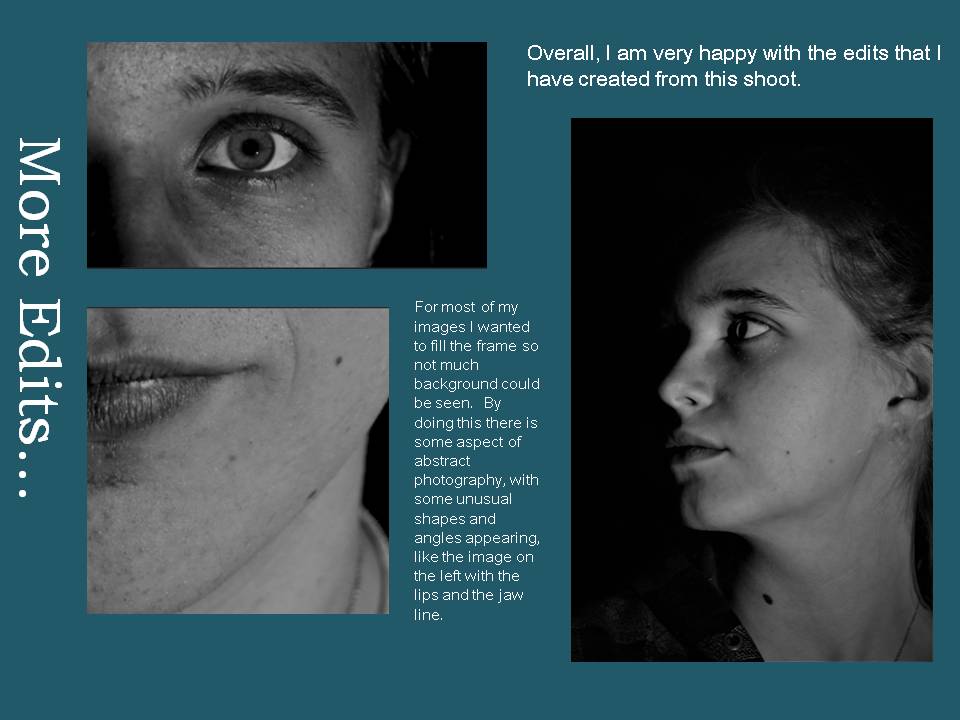

Psycho-geography is an approach to geography that emphasizes playfulness and “drifting” around urban environments. It has links to the Situationist International.
Psychogeography was defined in 1955 by Guy Debord as “the study of the precise laws and specific effects of the geographical environment, consciously organized or not, on the emotions and behavior of individuals.”
Another definition is “a whole toy box full of playful, inventive strategies for exploring cities… just about anything that takes pedestrians off their predictable paths and jolts them into a new awareness of the urban landscape
The originator of what became known as unitary urbanism, psychogeography, and the dérive was Ivan Chtcheglov, in his highly influential 1953 essay “Formulaire pour un urbanisme nouveau” (“Formulary for a New Urbanism”).
It has roots in Dadaism and Surrealism.
The idea of urban wandering relates to the older concept of the flâneur, theorized by Charles Baudelaire…and is similar to STREET PHOTOGRAPHY

